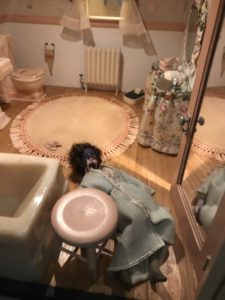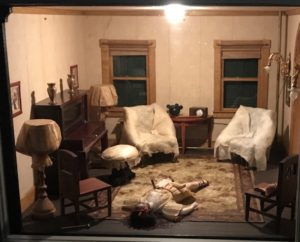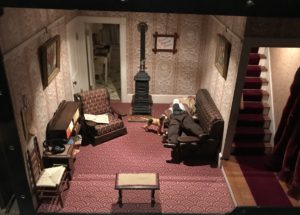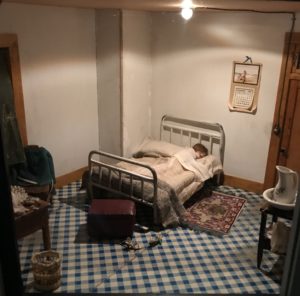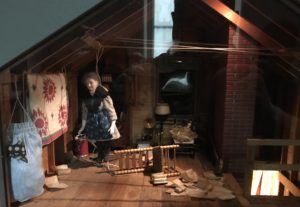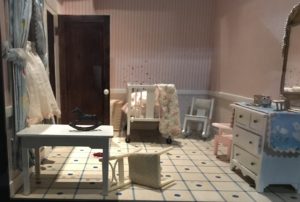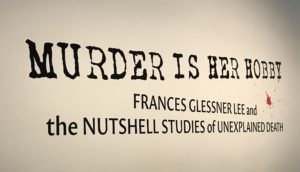
Modern detectives and investigators likely have no idea that the craft they practice was informed and improved by dioramas, created by a woman no less. The creator was no ordinary woman, however.
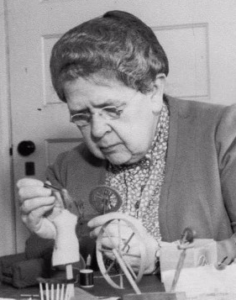 Considered by many the “mother of forensic science,” Frances Glessner Lee was born in Chicago in 1878. Her father John Jacob Glessner, was a wealthy industrialist, who earned his fortune from the International Harvester Company. She had, by all accounts, an idyllic childhood, and, as was standard for women of her era, did not attend college and married at age 20, eventually starting a family.
Considered by many the “mother of forensic science,” Frances Glessner Lee was born in Chicago in 1878. Her father John Jacob Glessner, was a wealthy industrialist, who earned his fortune from the International Harvester Company. She had, by all accounts, an idyllic childhood, and, as was standard for women of her era, did not attend college and married at age 20, eventually starting a family.
Her brother attended Harvard, through whom she met George Burgess Magrath, a Harvard classmate who became the chief medical examiner in Boston. She loved hearing stories of crime, murder, and death, she heard from Magrath, which developed in her a fascination with murder investigation that would last the rest of her life.
In her early 40s she divorced her husband and inherited the family fortune through the deaths of both her father and brother. Finally free to pursue her passions, she became fully immersed in the field of homicide investigation and developed an extensive expertise. She worked with Magrath to fund and establish a Department of Legal Medicine at Harvard, the first of its kind in the country. Along with the school she also funded and organized the groundbreaking Harvard Seminars in Homicide Investigation. Later in her remarkable life she was named a Captain of the New Hampshire State Police, the first woman to achieve the rank in American history.
However, her greatest contributions to the field of forensic science, was a passion project that had an impact far beyond what she could have imagined.
For the seminars at Harvard, she created a series of dioramas to train investigators on how to investigate and solve homicide cases. No ordinary models, her dioramas were meticulously crafted models with working doors, windows, and lights. Each diorama was based on an actual autopsy or murder scene Lee had visited, and the details of each were painstakingly reconstructed down to the blood patterns and condition of the furniture and the surrounding location.
Lee completed 20 of the dioramas prior to her death in 1962 and each (except for one “lost” diorama unearth years later) has a solution. The solution for each is often based on small details an investigator could be likely to overlook during an initial review of the scene.
When Harvard shut down the legal medicine program in 1966, the dioramas were loaned to the Maryland Medical Examiner’s Office, where they are still used today to train homicide investigators, a testament to the timeless work Lee undertook.
The dioramas are not on public display, but for six months in late 2017 and early 2018, the dioramas were loaned to the Smithsonian Institution for a special exhibit at the Renwick Gallery of the Smithsonian American Art Museum in Washington, D.C.
The exhibit, Murder Is Her Hobby: Frances Glessner Lee and The Nutshell Studies of Unexplained Death, opened to large crowds eager to see these works for the first time. The exhibit encouraged visitors to see them both as practical tools and works of art. The case notes were displayed with each diorama, just as they are provided to each investigator who studies them.
